Facing a grizzly bear is not your average wildlife encounter—it’s more like meeting nature’s heavyweight champion. If you ever find yourself in the ring with one of these majestic creatures, knowing what NOT to do can be just as crucial as knowing what to do. Let’s dive into the common pitfalls to dodge when you’re in bear country. Consider this your bear-savvy survival guide, minus the drama but with all the smarts you need.
1. Running Away Screaming
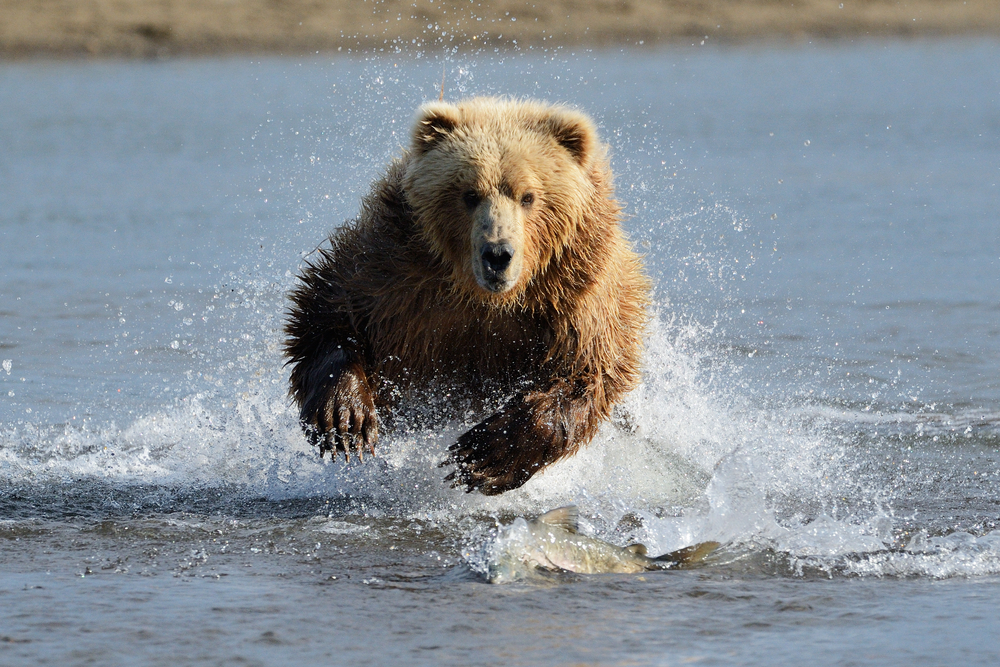
Channeling your inner Usain Bolt might feel instinctive, but it’s a rookie error. The grizzly, a natural sprinter, can outpace you easily. Running triggers their predatory instincts—it’s like waving a red flag at a bull. Instead, muster your courage, stand your ground, and slowly back away without turning your back on the bear. Keeping calm might sound cliché, but here, it’s pure survival wisdom.
2. Climbing a Tree
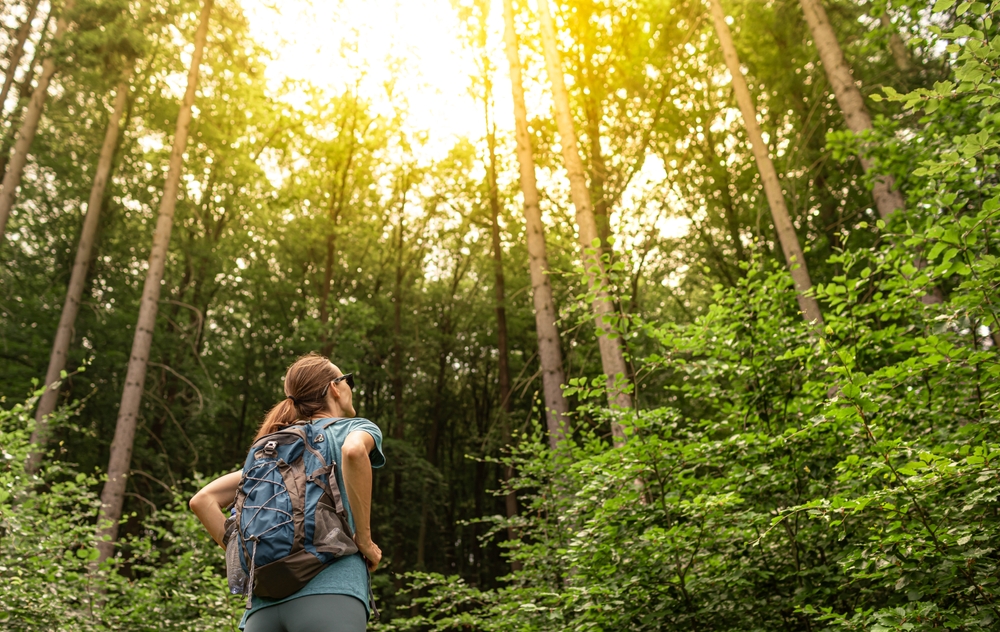
You might think that scaling a tree offers an escape, but remember, these bears are not only fast but excellent climbers. Trying to out-climb a bear is like challenging a dolphin to a swimming race. Focus instead on maintaining eye contact and making yourself appear bigger. Climbing should be a last resort when there’s no other option and the bear isn’t already halfway up.
3. Playing Dead Prematurely

Yes, playing dead can work, but timing is everything. If the bear is merely curious, dropping to the ground could pique its interest further. Only resort to this tactic if the bear makes contact, lying flat on your stomach with your hands protecting your neck. It’s not so much about fooling the bear but minimizing any perception of threat.
4. Making Direct Eye Contact
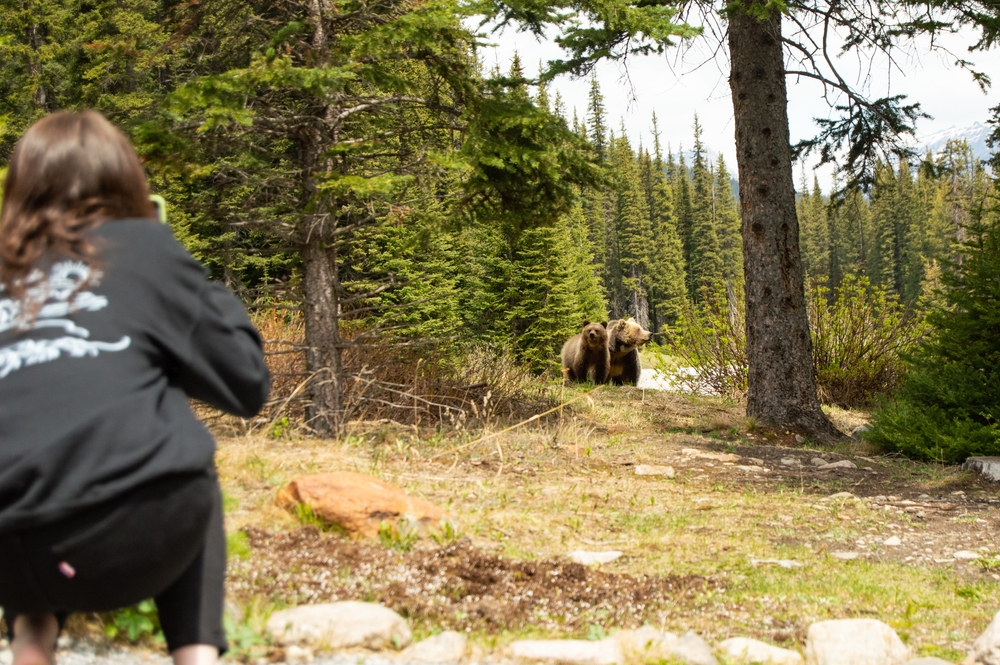
While eye contact is great for human communication, it’s a whole different ball game with grizzlies. It can be seen as a challenge, potentially escalating the situation. Instead, use peripheral vision to monitor the bear’s movements while avoiding the impression of aggression or confrontation. It’s all about subtlety here—think more James Bond than Rambo.
5. Ignoring the Wind
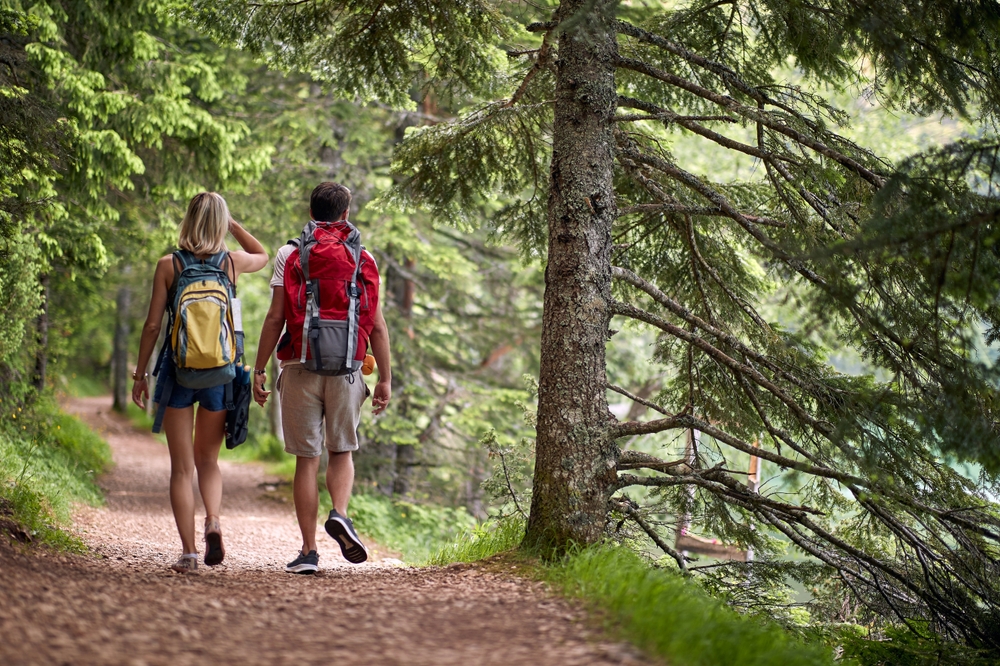
Your sense of smell might not factor in much during a hike, but for bears, it’s their GPS. Wind direction plays a crucial role in your scent reaching a bear, potentially drawing it your way. Position yourself downwind from the bear if possible, to minimize their interest in your intriguing human aroma. It’s like managing a perfume’s sillage, but for safety.
6. Yelling Aggressively
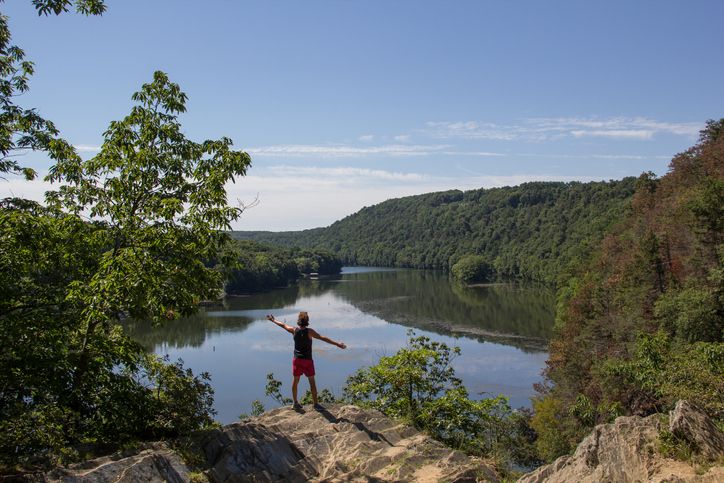
Yelling might seem like a quick way to assert dominance, but it can easily be misunderstood as a challenge. Instead, talk in a calm, steady voice, letting the bear know you’re human and not prey. The aim is to de-escalate, not instigate, keeping the interaction as non-eventful as possible. It’s all about peace talks, not war cries.
7. Approaching for a Closer Look
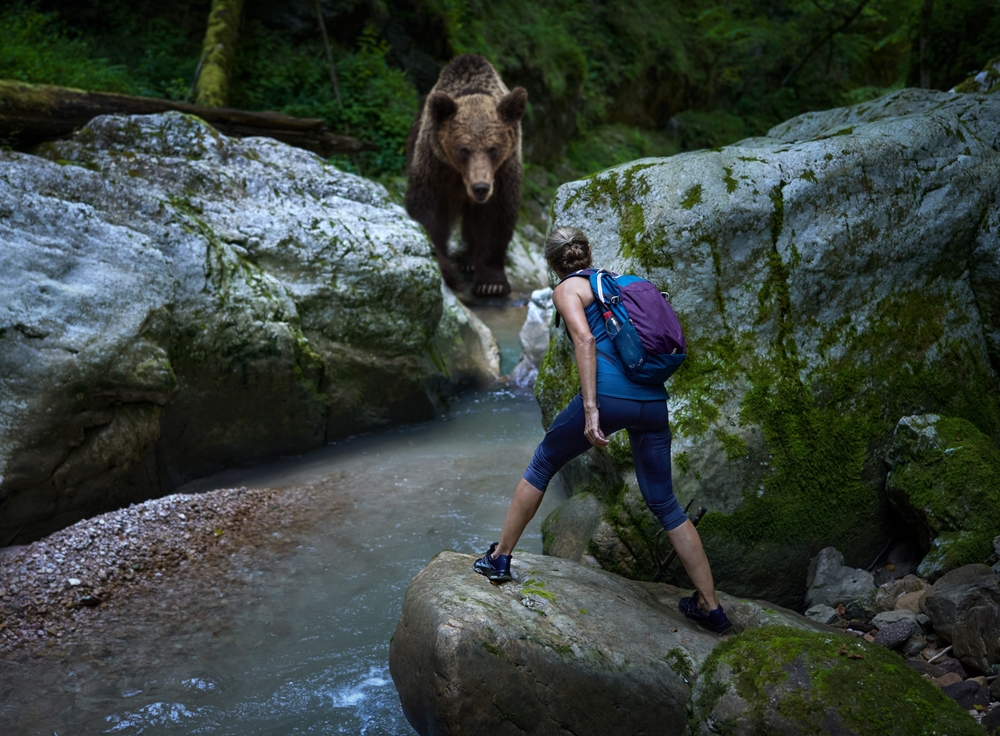
Curiosity killed the cat, and it could easily do the same to you here. Bears are unpredictable, and getting too close is an invitation to trouble. Maintain a respectful distance and use binoculars if you’re keen on observing. This is about respecting their space, not just saving yours.
8. Forgetting to Carry Bear Spray
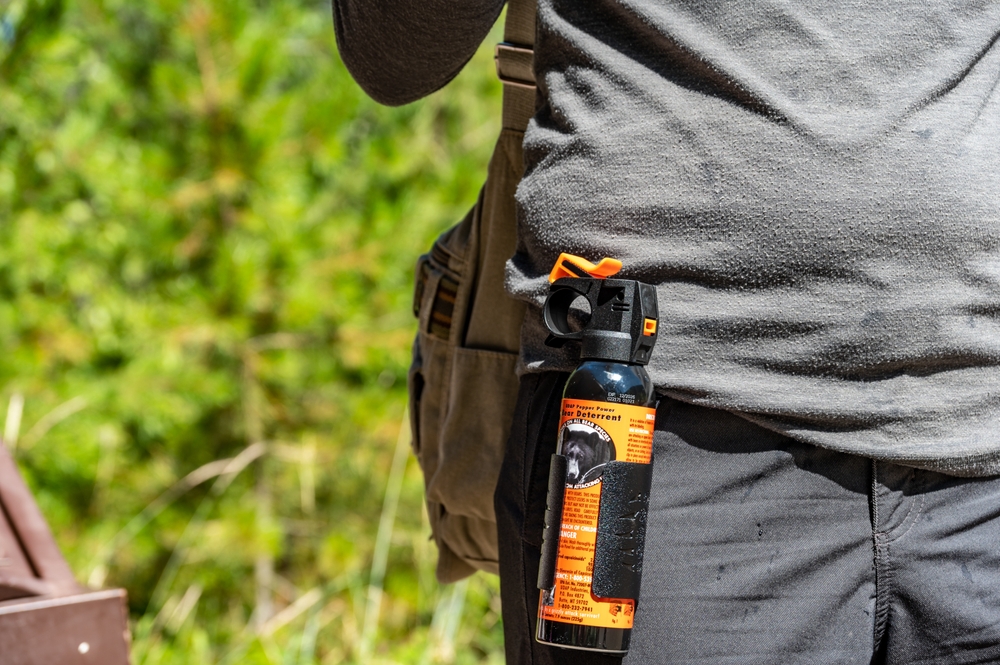
Leaving home without bear spray is like heading to battle without armor. It’s your best non-lethal defense against an aggressive bear. Keep it accessible and know how to use it. In a tense moment, it’s the difference between a close call and a call for help.
9. Underestimating a Bear’s Curiosity
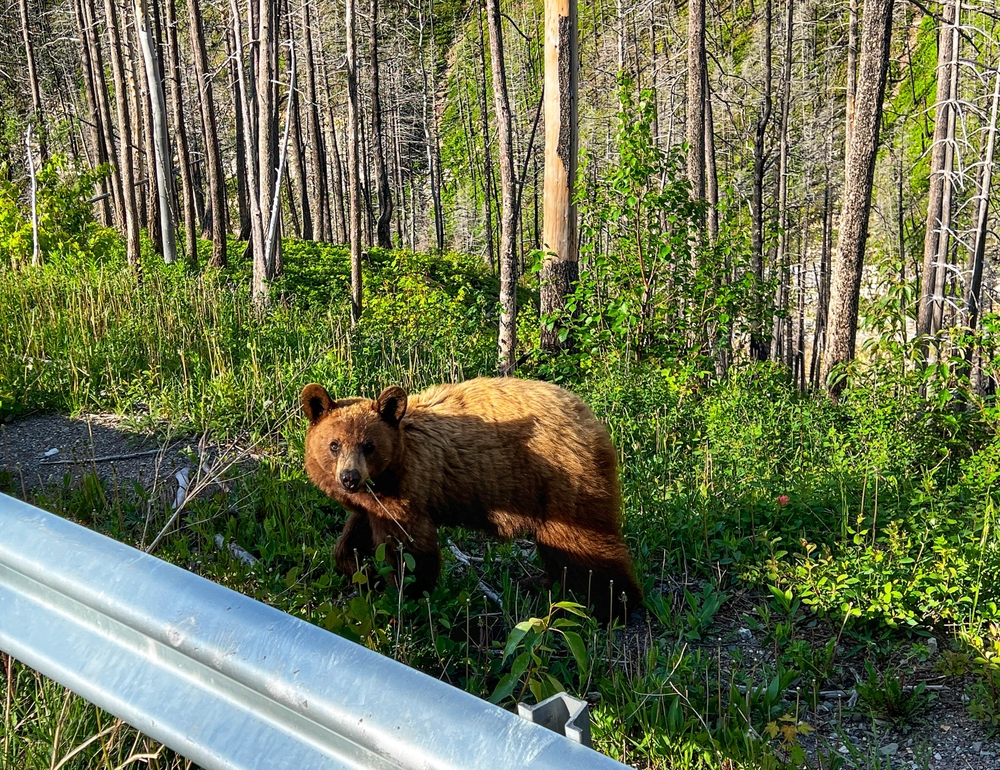
Bears aren’t just strong; they’re inquisitive critters. Leaving food or personal items unattended is like setting up an open buffet. Secure food in bear-proof containers and keep your campsite clean. It’s not just about preventing encounters—it’s about staying off their radar entirely.
10. Hiking Alone in Bear Territory
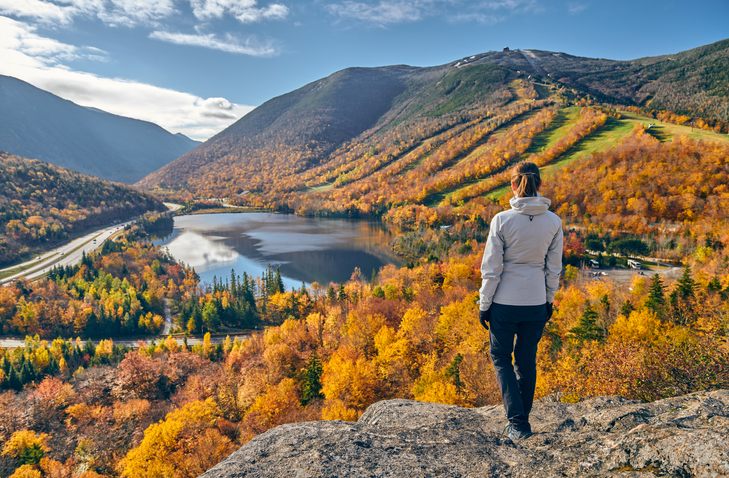
Solitude might seem serene, but in bear country, there’s safety in numbers. Groups are less likely to surprise a bear and more capable of reacting effectively if one appears. Besides, it’s always nice to have someone else to share the stories with when you make it back safely.
11. Forgetting to Make Noise
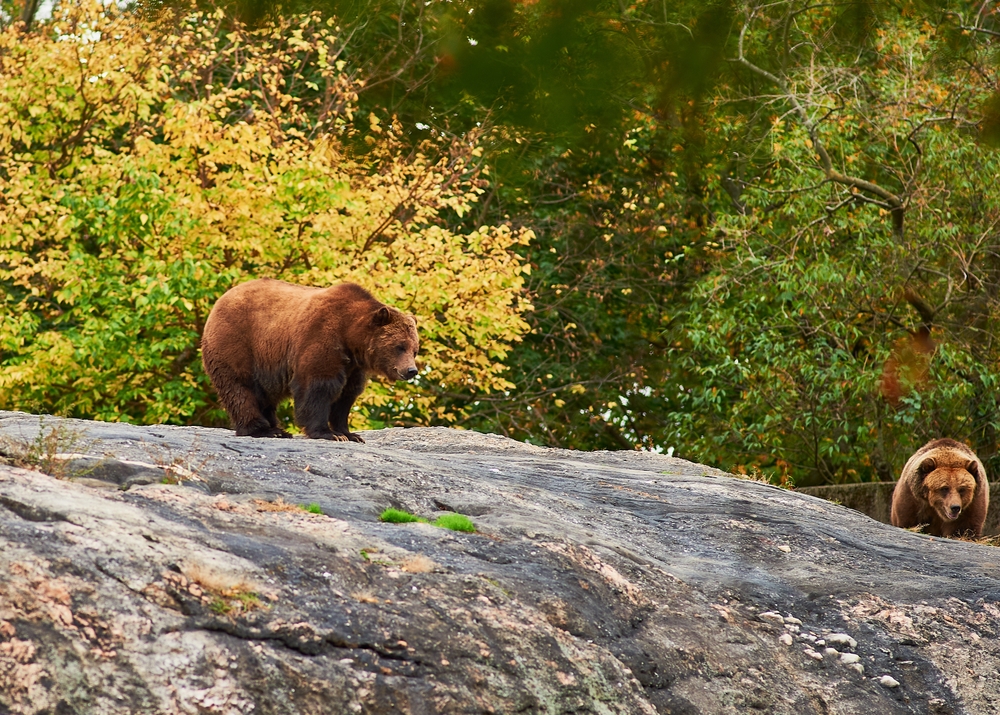
Silence might be golden, but not when it comes to avoiding a bear encounter. Make noise as you move through bear territory—talk, sing, or clap your hands. This gives bears a chance to steer clear, as they’d generally prefer to avoid humans. It’s about sharing the wilderness, not stealing through it like a ninja.
12. Feeding the Bear

Feeding wildlife might seem like an act of kindness, but it teaches bears to associate humans with food—an equation that never ends well. A fed bear is often a dead bear, as those accustomed to human food can become aggressive. Keep food to yourself and let wild animals stay wild.
13. Not Knowing the Signs of Aggression
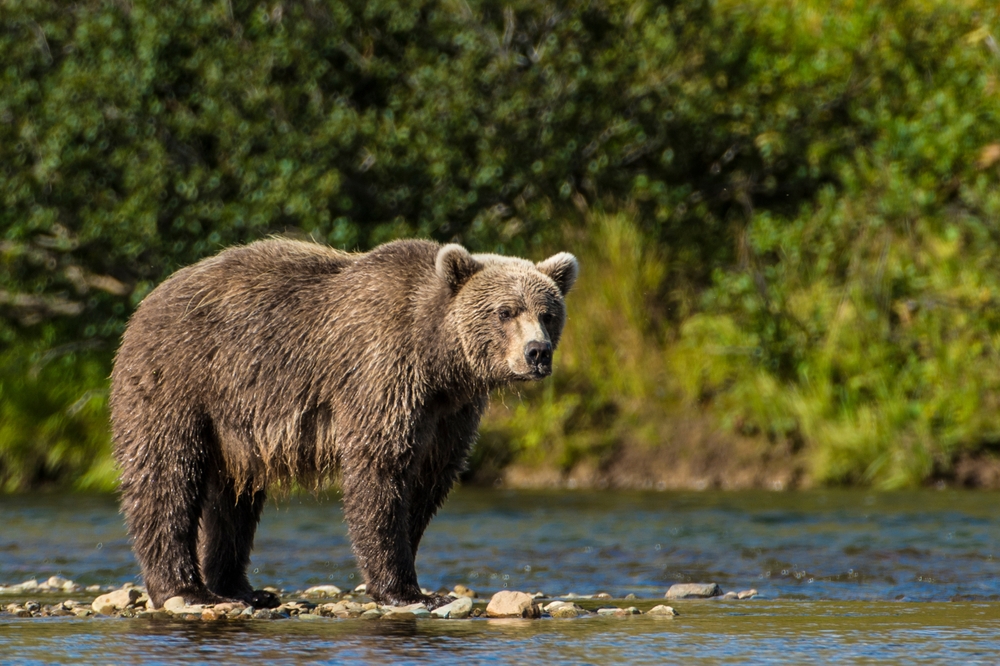
Bears communicate their discomfort through body language. Recognizing signs like huffing, jaw-popping, or paw swatting can give you a head start on de-escalation. Understanding a bear’s mood is key to avoiding unnecessary escalation. Knowledge is your ally in these high-stakes wilderness negotiations.
14. Misjudging a Mother Bear
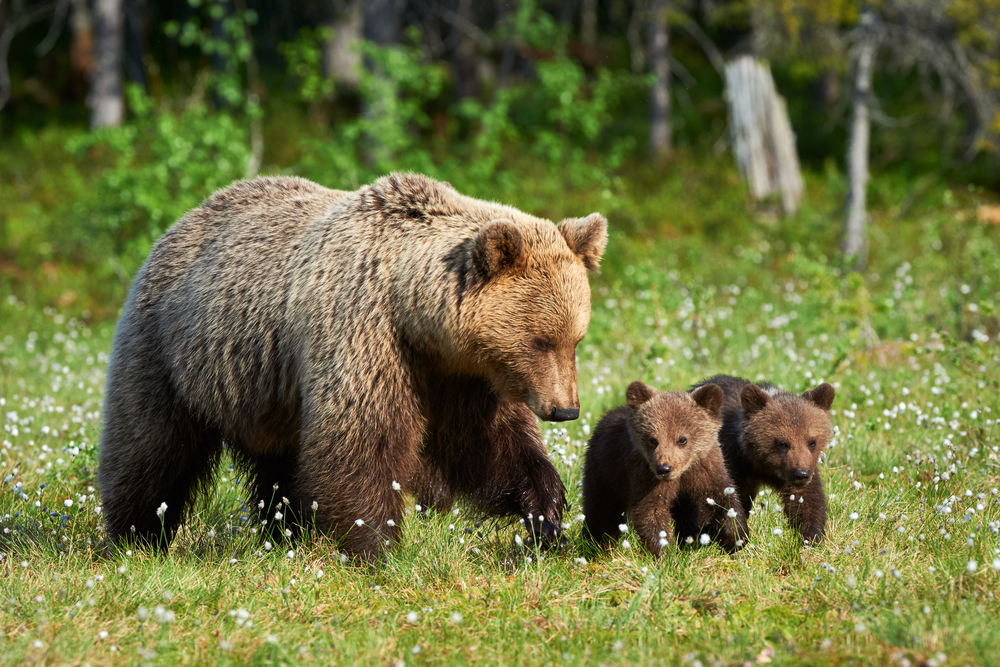
Encountering a mother with cubs is particularly delicate. Protective mother bears will defend their young fiercely. If you spot cubs, assume mom is nearby and quietly back away in the direction you came. This isn’t the time for bravado; it’s about ensuring every party lives to roam another day.
15. Ignoring Park Guidelines
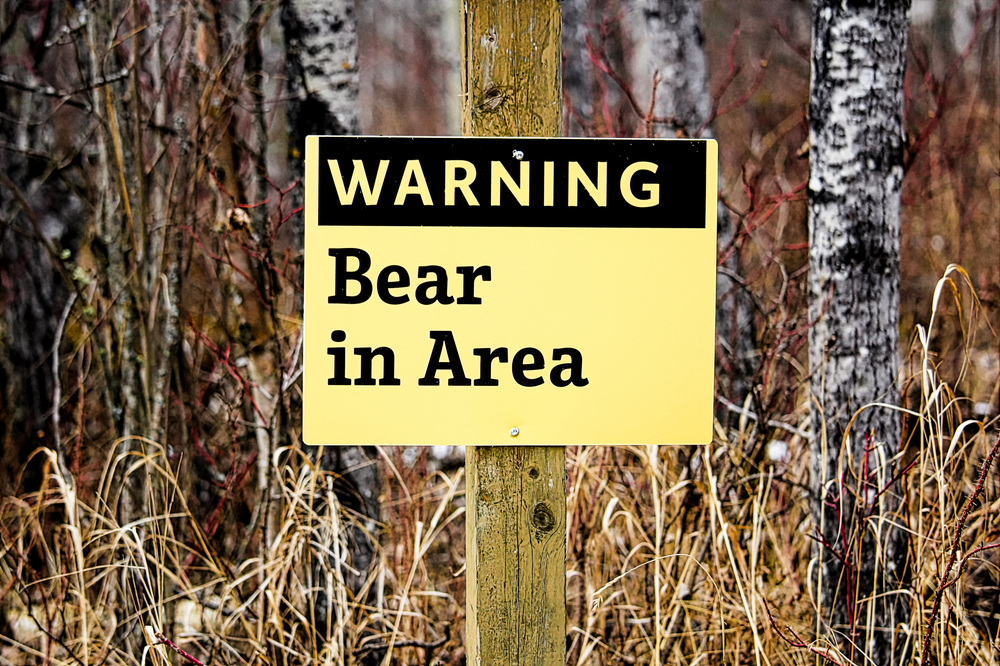
Park guidelines aren’t just suggestions—they’re based on years of experience and wildlife behavior. Ignoring them increases the risk of dangerous encounters, both for you and the bears. Respect the rules, and you’re more likely to enjoy a safe and memorable experience. After all, coexisting peacefully is the ultimate wildlife adventure.
